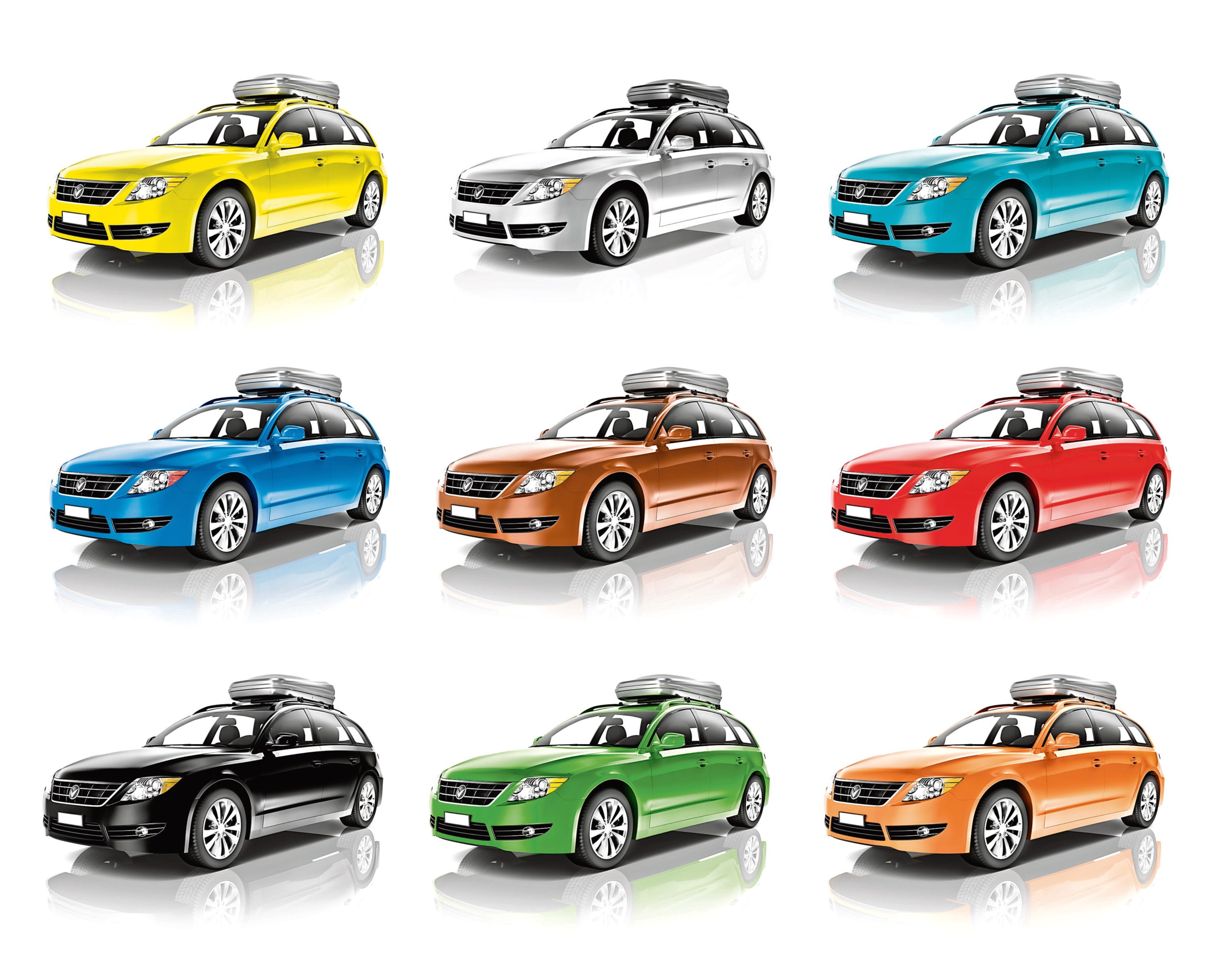
I DRIVE a white car.
Well, I say white, I’m not the most dedicated when it comes to getting the ol’ Turtle Wax car shampoo out so it’s usually what you might – at a stretch – call “off-white”.
Or “filthy”.
I’ve owned a couple of dark-blue motors, a gun-metal grey one and, my favourite so far, a British racing-green Honda.
It was actually described as “Baikal green” in the brochure but A) eh? and B) everyone knows what you mean by British racing green.
But I reckon we’re getting increasingly conservative when it comes to the colour of our cars.
You look at the options when you buy a new one, or simply drive past any large car park, and you’ll see a verging-on-the-monotonous sea of greys, blacks, whites and sundry-muted shades with just a few splashes of bright red or electric blue.
And, let’s be honest, we instantly judge those cars’ owners as boy racers or chaps in the throes of a middle-age crisis.
It’s all a far cry from the heyday of the 70s when, to paraphrase Henry Ford, you could have any colour you like as long as it was a variation of urine yellow or, sorry, poo brown.
Not even the Sweeney could make a “copper bronze” Ford Granada Ghia with a dark-brown vinyl roof look remotely cool.
That said, my dad had a banana- yellow Vauxhall Victor and it was a belter.
But what does the colour of your car say about you?
Half a million Britons bought a grey car last year when, for the first time, it was the most popular car colour according to the Society of Motor Manufacturers and Traders (SMMT).
Silver, meanwhile, had its heyday in the early 2000s, topping the chart every year between 2000 and 2008.
In 2018, however, it didn’t even make the top five.
But silver is just metallic grey, isn’t it? Not in the car world it isn’t.
The second-most popular car model sold last year, Volkswagen’s Golf, comes in “grey metallic” and “silver metallic”.
A company spokesman explained that a lot of their colours are just translations from their German equivalent.
All newly bought cars are registered with the DVLA – and the colour is recorded according to the car manufacturer’s description.
However, that doesn’t extend to distinguishing between cherry red and scarlet – in the DVLA’s eyes they’re both just red.
So why the difference between metallic grey and silver?
A spokesman from Nissan, which offers a “gun metallic” and “blade silver” finish to its Qashqai, says: “Silver aims to replicate the finish of silver the metal, whereas grey is the colour grey.”
Right. Thanks for that.
Black, white and silver have been firm favourites since the turn of the millennium.
But of the colours deemed less aesthetically pleasing, maroon was the least-popular choice last year, with only 471 such cars registered.
Because it’s dreadful.
Not far behind was cream, with 559 registrations while third-most unpopular was pink – which also fell out of favour with Katie Price who tried to sell off her Barbie-pink Suzuki convertible jeep after being banned from driving.
Fourth was turquoise with 1,824 registrations, and fifth was gold, with 2,919.
There have long been rumours that darker cars have higher insurance premiums.
The thinking goes that lighter and brighter cars are easier to see and therefore less likely to get into accidents.
But price comparison website MoneySupermarket says it doesn’t ask customers to specify car colour.
“It’s easier for a bad driver to change the colour of his car than the quality of his cornering!” a spokesman for the company explains.
If you do fancy a lick of paint, though, you’ll have to inform the DVLA.

Enjoy the convenience of having The Sunday Post delivered as a digital ePaper straight to your smartphone, tablet or computer.
Subscribe for only £5.49 a month and enjoy all the benefits of the printed paper as a digital replica.
Subscribe